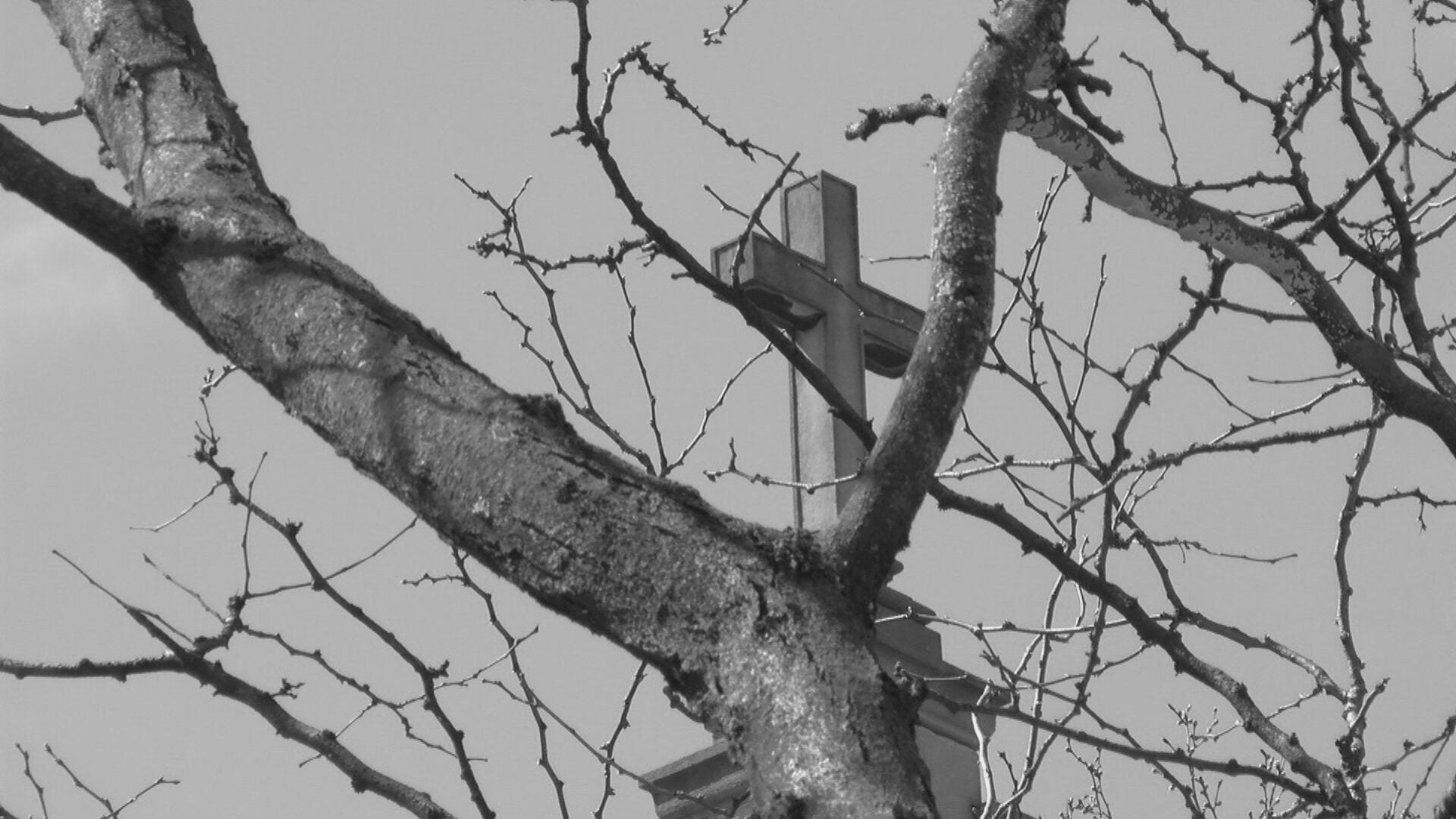Community fights Catholic church over future of historic landmark
Members of the community are in a fight with the Archdiocese of Indianapolis over what will happen to The Church of the Holy Cross. The Archdiocese of Indianapolis is opposing the preservation of The Church of the Holy Cross in an effort to prevent it from being torn down. The Indianapolis Historic Preservation Commission voted last night to make it a historic landmark. The church, built in 1922, served as one of three twentieth century renaissance revival Catholic churches in Marion County. The congregation dwindled to 600 by 1978, and the church closed in 2014. The Arch Diocese's attorney, Paul Carroll, argued that the only way to protect the building from desecration is to tear it down. However, the commission approved a 22-page plan to preserve the church, which means the church can sell the land but must stay.

Published : 4 weeks ago by Kody Fisher in
INDIANAPOLIS (WISH) — Members of the community are in a fight with the Archdiocese of Indianapolis over what will happen to The Church of the Holy Cross.
The Archdiocese wants to tear it down. The Indianapolis Historic Preservation Commission wants it to stay, voting last night to make it a historic landmark.
Tony Ficarra lives right across the street from The Church of the Holy Cross.
“Demolition by neglect,” said Ficarra. “That’s how he describes how the church has been treated in the 10 years since it closed in 2014.”
Ficarra moved to the neighborhood two-and-a-half years ago, in part because of the historic church across the street.
“Because these are recognized for decades as beneficial uses, and it provides me, as a homeowner, a certain degree of security knowing that what these uses are supposed to perpetually be, and on top of it, they’re beautiful structures,” said Ficarra.
The church now sits abandoned, with clear signs of decay on the outside. For safety reasons, it’s surrounding by a chain link fence and has signs warning people to wear hard hats if they go over the fence. The church was built in 1922.
According to the Indianapolis Historic preservation commission, it served as one of three twentieth century renaissance revival Catholic churches in Marion County.
The congregation peaked in size in 1925 at 3,600, and slowly dwindled to 600 by 1978. The parish eventually merged with St. Philip Neri Parish, which is when it closed.
On Thursday night, a crowd of people spoke at the Indianapolis Historic Preservation Commission meeting in favor of designating it as a historic building and protecting it from being torn down.
An attorney for the Archdiocese was there to oppose that decision citing violations of the first amendment.
“We believe the passing of the ordinance infringes upon the religious determinations of Father Dufresne’s and the Archdiocese,” said attorney Paul Carroll.
Another big sticking point for the church is what the old church will be turned into if it’s sold.
“It can’t be used for what would be considered a sorted purpose, something that would offend the Catholic faith,” Carroll said. “So, what it could be used for, again, it could be used for religion.”
“To me, that’s just begging to be turned in to a comparatively small number of really premium, well developed, privately owned properties,” said Ficarra.
“The risk is that a sorted use comes in the future and there’s not an ability to protect the religious structure from sorted use forever,” said Carroll.
The Historic Preservation Commission ultimately voted to approve a 22-page plan to preserve the church, designating it as a historic landmark. That means the church can still sell the land, but the building has to stay.
Carroll said the only way to protect the building from being desecrated is to tear it down. The 22-page plan still has to be approved by the Metropolitan Development Commission to prevent the Indianapolis Archdiocese from tearing down holy cross.
Topics: Christianity
